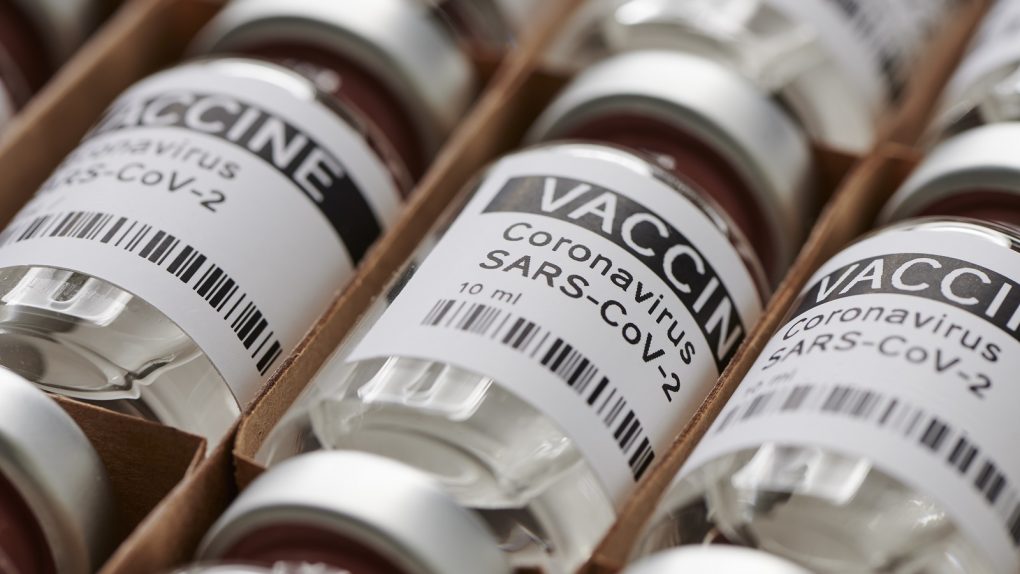- The UK has issued emergency authorization for a second coronavirus vaccine candidate, the AstraZeneca/Oxford drug, that successfully cleared Phase 3 trials a few weeks ago.
- The local health authority has also altered the drug’s vaccination strategy, looking to offer the vaccine to as many people as possible as fast as possible.
- The second shot can be administered anywhere between 4 and 12 weeks after the first one. COVID-19 immunity should start to form within two weeks after the first injection.
The third coronavirus vaccine candidate has now received emergency use authorization in the Western world, once again in the UK. A few weeks ago, the country authorized the Pfizer/BioNTech vaccine for emergency use, starting immunizations just as the US was preparing to review the same candidate. America then issued emergency authorizations for the BioNTech and Moderna drugs, and both vaccines are already in use in the country.
Britain on Wednesday authorized the Oxford-AstraZeneca vaccine, with vaccinations to start on Monday. The country is experiencing a massive surge in cases, largely fueled by the new strain scientists discovered in the past few months. The UK posted record figures on Tuesday and Wednesday, breaching 50,000 daily cases for the first time since the pandemic started. The Oxford vaccine’s authorization, one of the frontrunners in the COVID-19 vaccine race, isn’t the only news from the country. The UK has adjusted its vaccination policy and will immunize people via a different protocol. The goal of health officials is to make the vaccine available to as many people as possible, as early as possible.
The Oxford vaccine comes with a two full-dose regimen and has an effectiveness of 62%, according to the Phase 3 trial. That’s lower than the 95% efficacy of the BioNTech and Moderna drugs, but the Oxford vaccine can still offer protection against severe COVID-19. The Oxford vaccine is also easier to handle, as it doesn’t require the same low temperatures as the other two vaccines. A different regimen can increase protection to 90%, the Phase 3 study showed. Patients administered a half-dose first followed by a full dose a few weeks later were better protected than those receiving two full doses. More research is needed on the matter, as some questions remain about that part of the study.
Priority groups, including care home residents, people over 80, and health and care workers, will be the first to get access, BBC News reports. All people over 50 and younger adults with health issues will be included in the first phase. That’s more than 25 million people. The UK ordered 100 million doses from AstraZeneca, enough for 50 million people.
The UK wants to vaccinate some two million patients a week with one of the two vaccines that are approved in the country. More than 600,000 people have already received the first BioNTech jab.
But Britain is also doing something different than other countries. The Medicines and Healthcare products Regulatory Agency (MHRA) regulator authorized two full doses of the Oxford vaccine, with the second one to be given 4 to 12 weeks after the first. Initially, the second dose was planned for 4 weeks after the first one, but health officials have changed that protocol.
The idea is to give as many people as possible the first dose, so they receive some protection against severe illness as fast as possible. The second dose should follow within the advised period.
Praising Oxford and AstraZeneca’s efforts, Health Secretary Matt Hancock said that the immunity to the novel coronavirus kicks in a couple of weeks after the first shot. Research from Pfizer and BioNTech also showed that the immune response follows the first jab, but a second shot is required for the best possible protection.
The BBC also notes that unpublished data from the Oxford trials show that leaving a longer gap between the first and second doses increases the overall effectiveness. It’s unclear what that means, and more research will be required.
There’s no telling when the Oxford vaccine will receive emergency authorization in the US, considering that the US trial was stopped for an extended period of time. Vaccine trials in the US have to recruit at least 30,000 volunteers and gather follow-up safety data for at least half of them for two months before seeking emergency approval.
Several other vaccine candidates are still in Phase 3 trials, including the Johnson & Johnson and Novavax drugs.








